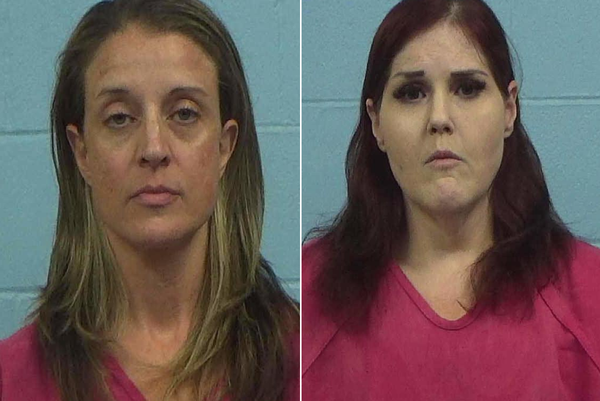
They are images of horror: the gates of the most infamous of the Nazi death camps; crowds of people fearfully clutching their children or meagre possessions; the smoking chimneys of the crematoriums where their bodies were burned.
These photographs that have shaped perceptions of Auschwitz were taken by the perpetrators of the Holocaust. They are the records of a job being done: the murder of more than a million people.
A new exhibition, Seeing Auschwitz, which opens in London on Thursday, confronts this head-on. “These photographs are not neutral sources at all: we are looking at a piece of reality but seen from the Nazi perspective,” said Paul Salmons, its lead curator.
“It is necessary to stop and analyse them to really see what each image truly reveals, not only about the place and the moment, but also about their authors, the people portrayed, and even about ourselves as viewers.”
The photographs come from an album discovered by a Holocaust survivor in the aftermath of the second world war. The Auschwitz Album contained 193 images documenting the arrival of people at the death camp, and the selection of those to be sent to the gas chambers.
The pictures were taken over a three-month period in 1944, when about 400,000 people, almost all Jews, were killed at Auschwitz. In total, 1.1 million people were murdered there. The album is a “remarkable historical source that has dominated our understanding of the place. But it’s also very problematic,” said Salmons.
The photographers, most likely SS men Ernst Hofmann and Bernhard Walter, were open about their role, sometimes standing in an elevated position such as the roof of a train, for better composition and perspective.
“There’s nothing clandestine about these images” said Salmons. “What we’re seeing in these images is the gaze of the killer. When we see people arriving or being sorted, what we’re seeing is what they want us to see – an efficient process, something they’re proud of.”
In the exhibition, some details have been enlarged to “rehumanise” the targets of Nazis’ dehumanisation. A woman has linked arms with a boy next to her; a child stares straight into the camera lens.
“If we look more closely at what, for [the photographer], are faceless crowds, we can pick out individuals, we can try to rehumanise, we can look at the interactions happening between, for example, one of the inmates and the one of the new arrivals,” said Salmons. “We know that prisoners sometimes whispered hurried advice even though it was at great risk. Very often, our eye passes over these sorts of details. So in a sense, I guess this exhibition is very much about a closer look.”
The Auschwitz Album images are juxtapositioned with four blurred photographs taken at enormous risk by members of the Sonderkommando (Special Squad), a group of prisoners forced by the SS to empty the gas chambers of corpses, remove their gold teeth and feed the bodies into the crematoriums.
There are also drawings, by an inmate known only as MM, that were hidden inside a bottle. They depict the brutality of the guards, and the anguish of family members that were separated and those sent to the gas chambers.
Renee Salt, 93, arrived at the camp at the age of 15, accompanied by her parents. She lost sight of her father in the crush and never saw him again. She and her mother survived Auschwitz, slave labour on the Hamburg docks, and Bergen-Belsen, another death camp in northern Germany. Her mother died 12 days after its liberation by British soldiers.
Seeing the images at the exhibition made her “broken-hearted”, she said. The pain “never goes away but it hits you every time you see these scenes”.
She did not speak about her experiences for 50 years, but in recent decades she has recounted her story thousands of times. If people know the truth, she said, “maybe we can stop another Holocaust happening”.
• This article was amended on 20 October 2022 to correct some misspellings of Paul Salmons’ last name.
• Seeing Auschwitz is at 81 Old Brompton Road, London SW7 3LD until the end of December







